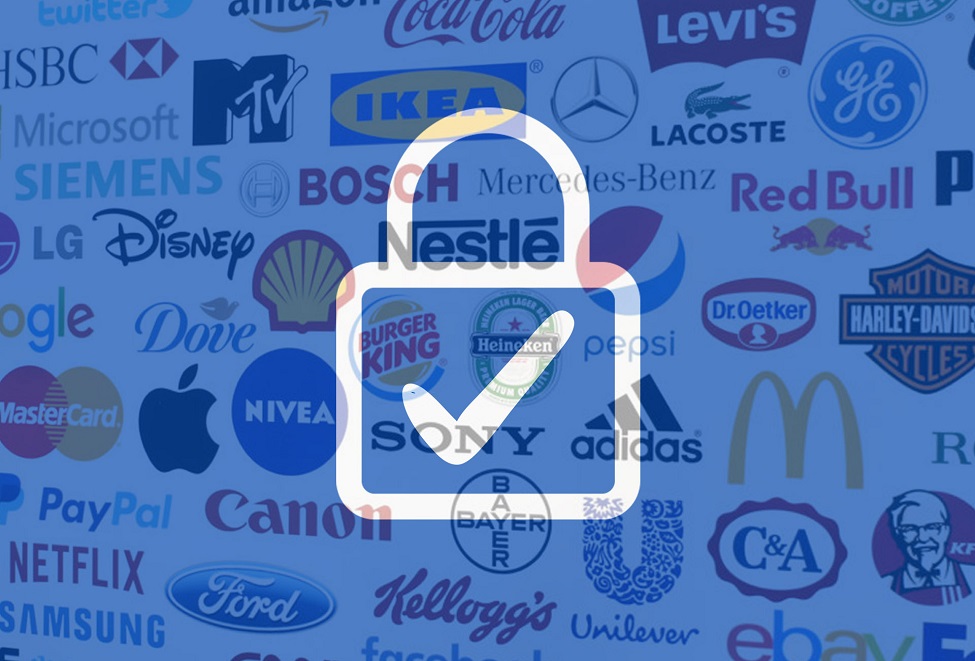Should Marketers Go For AI-Powered Contextual Brand Safety Technology? | 27 Sep, 2021

In the wake of vast amount of harmful content on the internet, brand safety has become a primary focus for marketers when it comes to digital advertising.
Brands should not only be careful about the content of their messages, but should also be heedful of the environment in which their ads are being placed. Context is extremely important for brands in the case of online advertising.
The brand safety tools that marketers are currently using aren’t providing optimal results
To prevent damage to brands’ image, marketers are implementing different types of brand safety solutions. But most of these solutions or tools date back to the advent of programmatic advertising and are not effective enough to ensure a satisfactory level of brand safety. Moreover, there is no ready-made tool that can suit the requirements of all brands. A brand has to customize the solution in order to meet its specific needs.
Most of the brand safety tools used by marketers today rely on blacklists and whitelists. A blacklist is made up of different keywords that a brand considers harmful or inappropriate for its business. The content that has the blacklisted keywords is blocked by the tool, and therefore, no ads get placed next to such content. The keyword-based tools are unable to comprehend nuances in context and often lead to blocking of safe content. This negatively impacts an advertising campaign’s performance, as reach is considerably reduced.
A whitelist is a list of websites or web pages that are considered safe by a brand for running its ads. As whitelist offers a closed environment, reach of an ad campaign is significantly reached. Moreover, a whitelist curator has to update the list from time to time so that newer safe content does not get missed.
Although private marketplaces provide a safe advertising environment, they have their own limitations
Many marketers consider private marketplaces as a solution to the brand safety problem. In a private marketplace, only exclusive parties take part in programmatic ad buying and selling. A private marketplace works only on an invite-only basis, unlike an open marketplace. Publishers invite only chosen advertisers for bidding on the select ad spots. Brands know the brand safety status of publishers from whom they purchase the ad spots in private marketplaces. This provides them confidence that their ads will not be placed in a harmful environment. The most important limitation of using a private marketplace is the decrease in campaign’s reach.
AI-powered contextual targeting offers the true solution to the brand safety menace
Brand safety technology that makes use of AI-powered contextual targeting is not only the latest but also the most advanced solution to the brand safety problem. AI-powered contextual brand safety technology accurately understands nuances in context, and therefore, does not lead to over blocking of content, unlike conventional solutions.
Apart from generic harmful contexts such as terrorism, obscenity, etc., AI can also detect brand-defined inappropriate contexts, thus providing brand suitability along with brand safety. AI-based brand safety solutions effectively detect unsafe and unsuitable contexts in online videos, thus offering a brand safe and suitable video advertising environment to marketers.
If marketers want a brand safety solution that is highly effective, does not block safe content and does not kill an advertising campaign’s reach, then they should go for AI-powered contextual brand safety technology.

BLOGS
Migrate from Oracle to Silverpush: Unlock Advanced Contextual Advertising Solutions
The news that Oracle plans to shut down its advertising business by the end of September has sent shockwaves through the ad industry. Once the most prominent advertising data seller in the market, Oracle is now closing its advertising division. This included Datalogix for offline consumer data, Grapeshot for contextual ...

BLOGS
Cannes 2024 Recap: Silverpush Takes AI Discussions to the French Riviera
As Cannes 2024 concludes, the echoes of vibrant discussions, insightful panels, and significant meetings continue to resonate. This year’s central theme was clear: AI's growing dominance in advertising solutions, optimizing campaigns for business outcomes, and reaching audiences effectively across various screens. With videos becoming increasingly digital, the potential for more addressable ...

BLOGS
UK Programmatic Advertising Spending & Trends in 2024
In 2023, programmatic advertising spending in the UK reached roughly £30.6 billion. The programmatic display advertising market is projected to grow by 12.6% in 2024, bringing it to within just four percentage points of becoming fully programmatic. This highlights how integral this technology has become to the UK ad industry. ...







